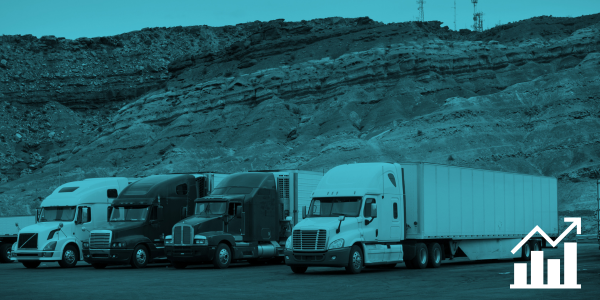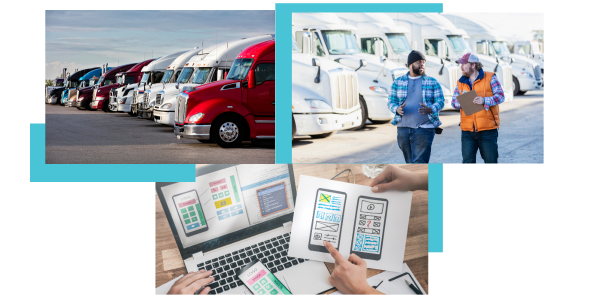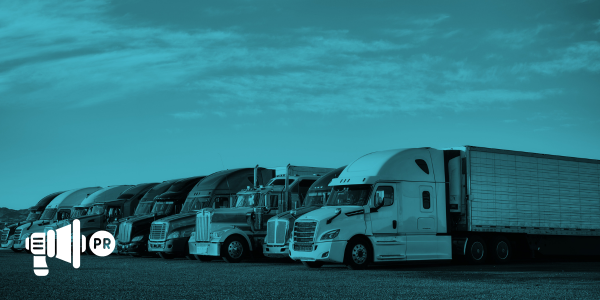Our CEO, Kemal H. Balihodžić Takes the Stage at GLA Dubai

Our CEO, Kemal H. Balihodžić Takes the Stage at GLA Dubai
Leading the Global Conversation on Logistics Resilience
Dubai, May 17, 2025 — At this year’s GLA Global Logistics Conference, one of the world’s premier gatherings of logistics and supply chain professionals, Kemal H. Balihodžić, CEO of Orior Media, took the spotlight as the main speaker at the CEO Forum.
The Global Logistics Alliance (GLA) is a leading international network that connects freight forwarders, logistics providers, and industry experts from more than 170 countries. Its annual conference serves as a critical forum to explore emerging trends, tackle industry disruptions, and spark collaboration across borders. With over 1,000 attendees in Dubai this year, the event focused on a central theme:
“Navigating Trade Headwinds: Strategies for Resilient Growth in International Logistics.”
A Voice from the Frontlines: Kemal Balihodžić’s Keynote
Kemal’s keynote, “How Tariff Changes Are Reshaping International Trade,” wasn’t a theoretical analysis — it was a grounded, real-world look at how companies can not only withstand but thrive through global disruption.
As the EVP of JoyRide Logistics, a 250-truck fleet operating nationwide across the U.S., and the founder of a agency working with logistics and tech brands, Kemal offered firsthand insight into how tariffs, market volatility, and operational chaos became a catalyst for strategic transformation.
“You don’t beat disruption by waiting — it’s beaten by adapting faster than it hits you.”
He shared how JoyRide Logistics adapted its operations to meet the needs of e-commerce giants during global trade shifts, and how Orior Media supported clients through digital transformation — turning pressure points into growth opportunities.
From Reaction to Resilience: The Orior Media Approach
At Orior Media, we don’t just respond to industry trends — we anticipate them. Kemal’s message in Dubai reflected what we do every day:
- Help brands automate, adapt, and stay relevant
- Translate operational excellence into market positioning
- Guide logistics companies through branding, communication, and strategic pivots in times of uncertainty
His speech emphasized the growing importance of real-time decision-making, fleet flexibility, and storytelling through data — all of which are core to how we support our clients.
What Comes Next
We’re proud of Kemal’s leadership and the trust placed in him to lead such a critical conversation at GLA. His message resonated because it wasn’t just about logistics — it was about mindset, speed, and smart adaptation.
As he said:“Resilience isn’t built in calm waters. It’s built in the storm.”
Thank you to the GLA Global Logistics community for the platform and the opportunity to contribute.
As the global supply chain continues to evolve, Orior Media will remain at the forefront — helping brands move faster, communicate clearer, and grow smarter.
This is only the beginning.







